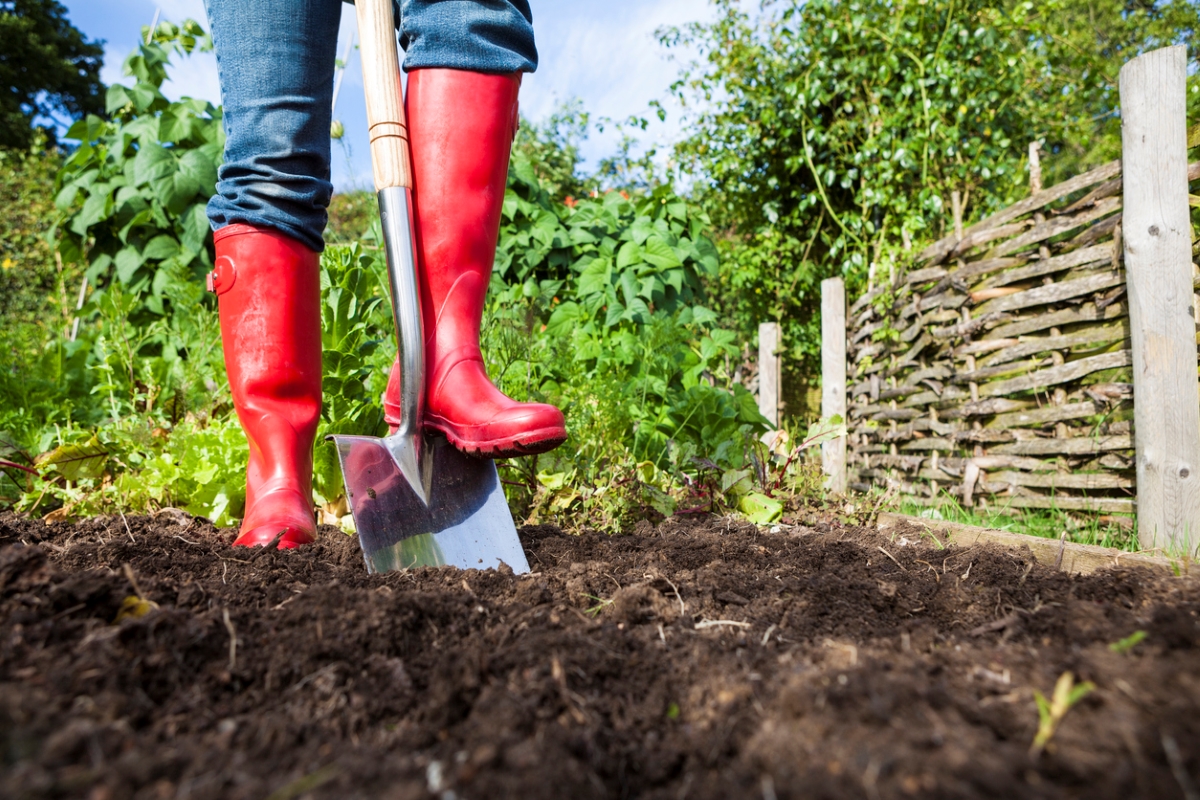

We may earn revenue from the products available on this page and participate in affiliate programs. Learn More ›
How much time and effort do you spend on your garden’s foundation? The soil is your plants’ nutrient source, and it can have a massive effect on your backyard crop haul. With this in mind, many gardeners like to start (and sometimes finish) the gardening season by tilling their soil.
Tilling helps break up and aerate the soil, even if it’s compacted. The idea is that tilling helps loosen up the soil so plant roots can grow, spread, and access the nutrients they need. Even if you don’t have a power tiller, there are many ways to till your garden to set yourself up for success. And there are reasons not to till deeply with the heavy equipment. Here’s how to till a garden without a tiller.
1. Use a shovel or spade with a pointed edge.
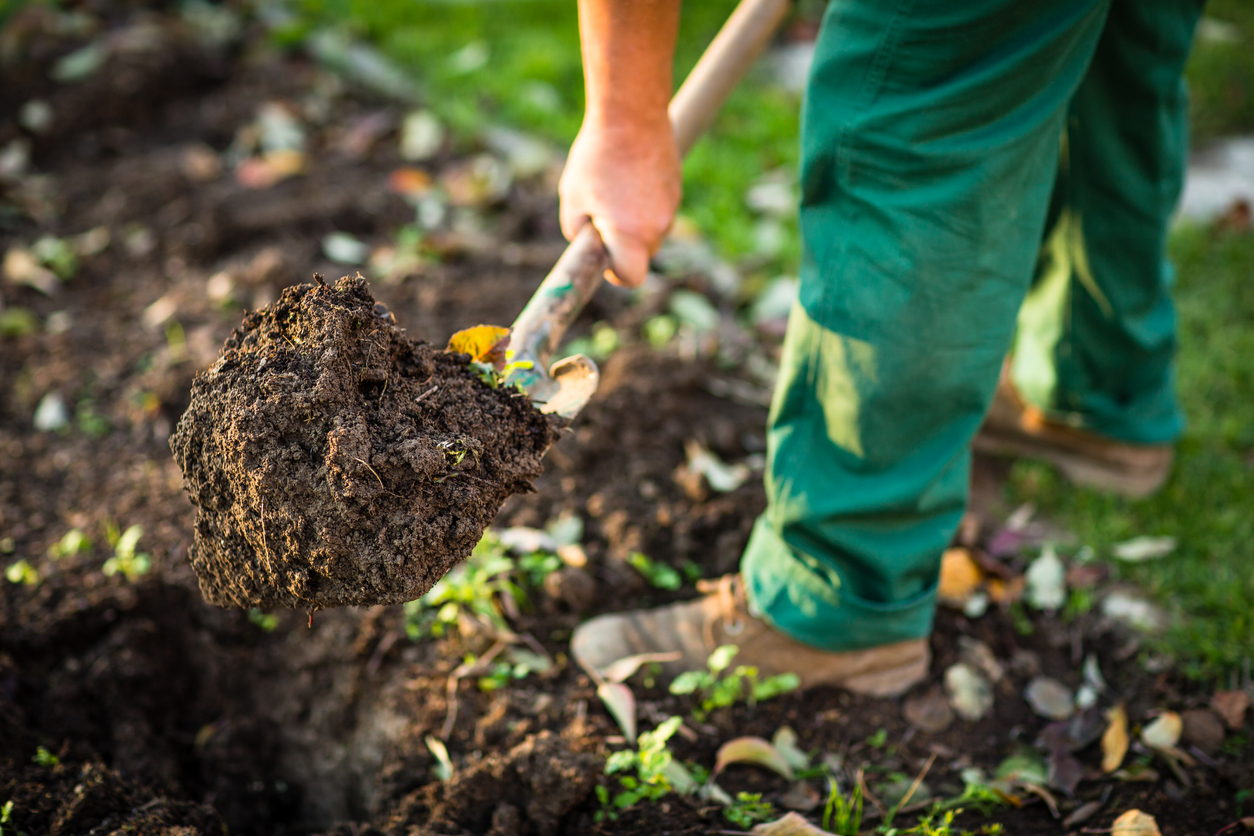
Using your shovel or spade, dig up the soil (at least 6 inches down) and use the head of the tool to break up compacted clumps. These tools are doubly helpful as you can easily scoop and remove any unwanted debris from your garden while you work your way through the soil. This method is especially helpful for established beds.
Theoretically, you can use any type of shovel, but we recommend choosing one with a long handle and a pointed edge like this durable option from Razor-Back, since the sharp shape is more effective at cutting into hard ground. A longer handle also reduces the need to constantly bend over, which can help avoid back pain. A spade can be used to the same effect.
2. Chop and pull with a hoe.
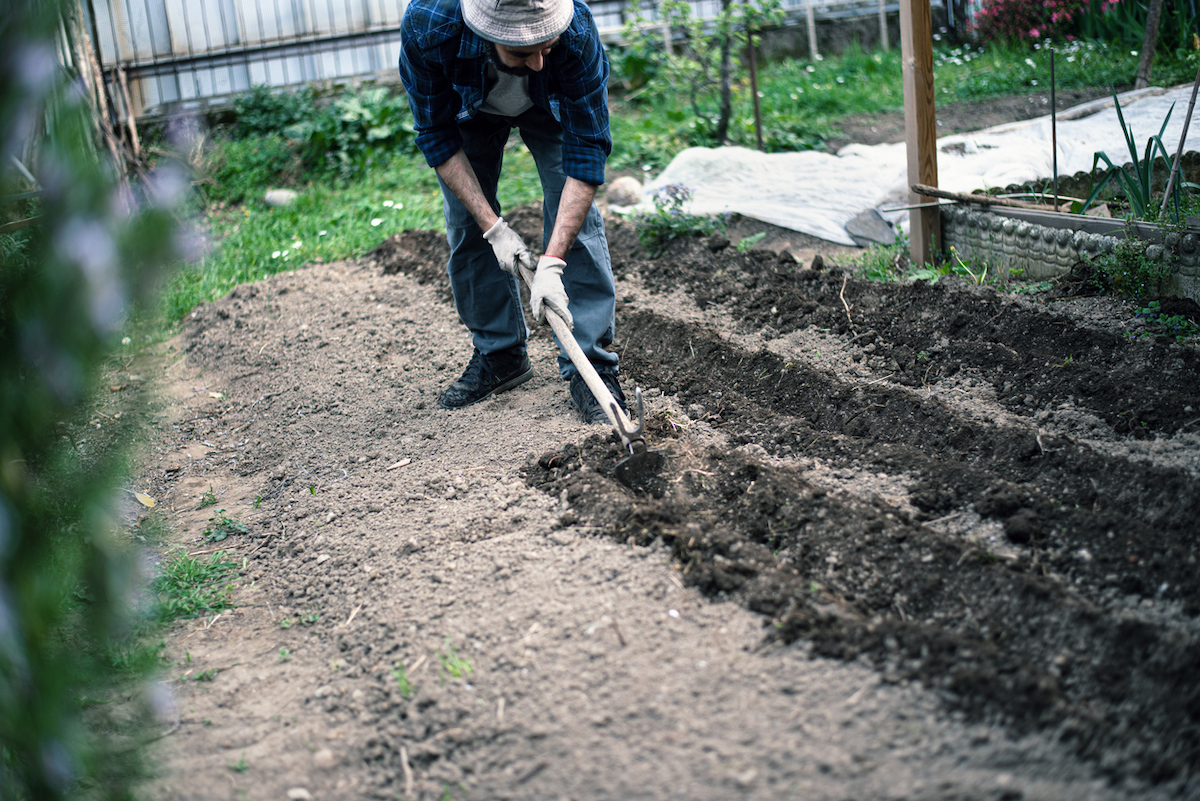
A hoe can help break up more difficult and solid ground. Consider a garden hoe with cushioning for the hands and a long handle to prevent back strain.
Here’s how to till soil with a hoe: Till your garden with a swinging motion, using the hoe’s weight and gravity to insert it into the earth with less muscle. Adopt a chop and pull method—swing down from hip height, then pull the soil toward you—moving backward or forward as you till.

Tried-and-True Advice
“I’ve honestly never used a rototiller in my own garden; I stick with hand tools like pitchforks; spades, and my favorite, the hula hoe, and I till only where I want to plant. I grow my veggies in containers and raised beds. For perennials, I just dig, till, and amend when I want to plant something and build the soil health up all over the garden with compost in the spring, and mulch in the fall.”
—Amber Guetebier, Contributing Writer
3. Loosen soil with a garden claw or cultivator.
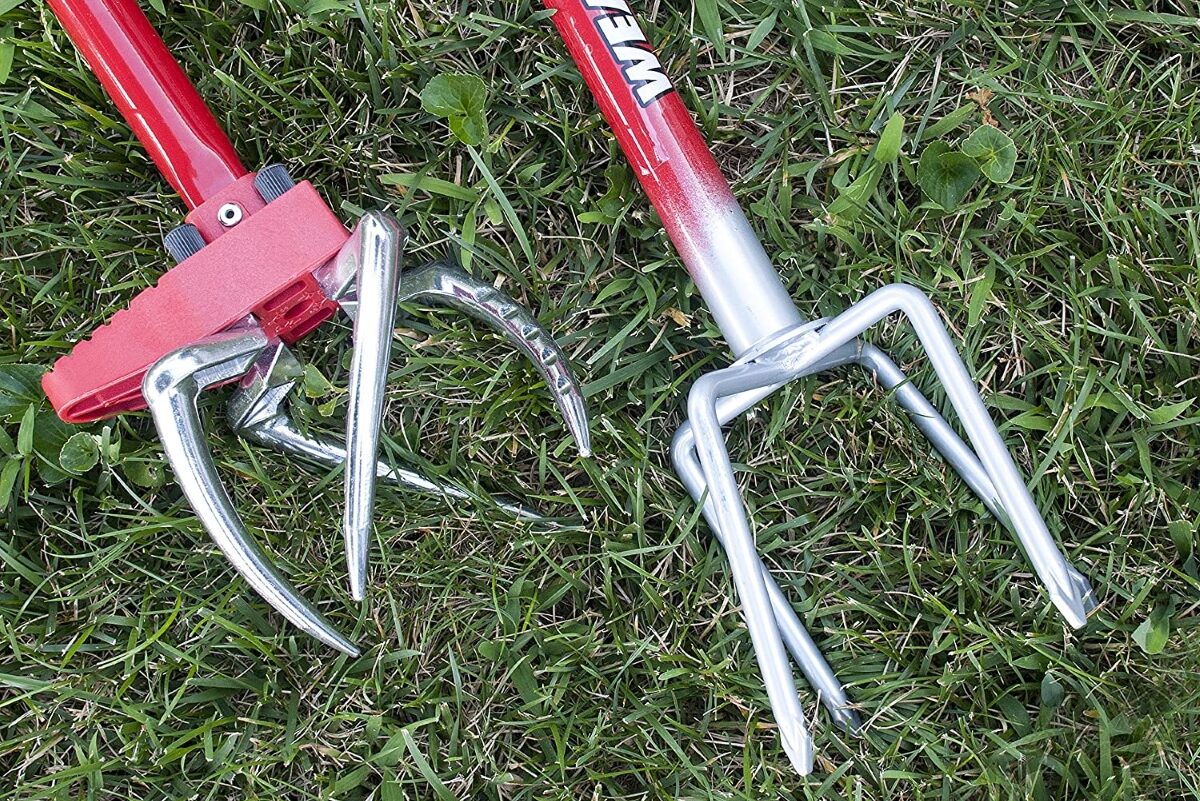
Instead of a power tiller, go the manual route with a garden claw or cultivator. This tool is exactly what it sounds like—a garden device that claws its way through compacted soil. It can make quick work of tiling your garden with minimal effort. A garden claw tool ensures you remain standing comfortably while tilling, breaking up the ground by rotating the handle.
4. Learn how to till soil with a broadfork.
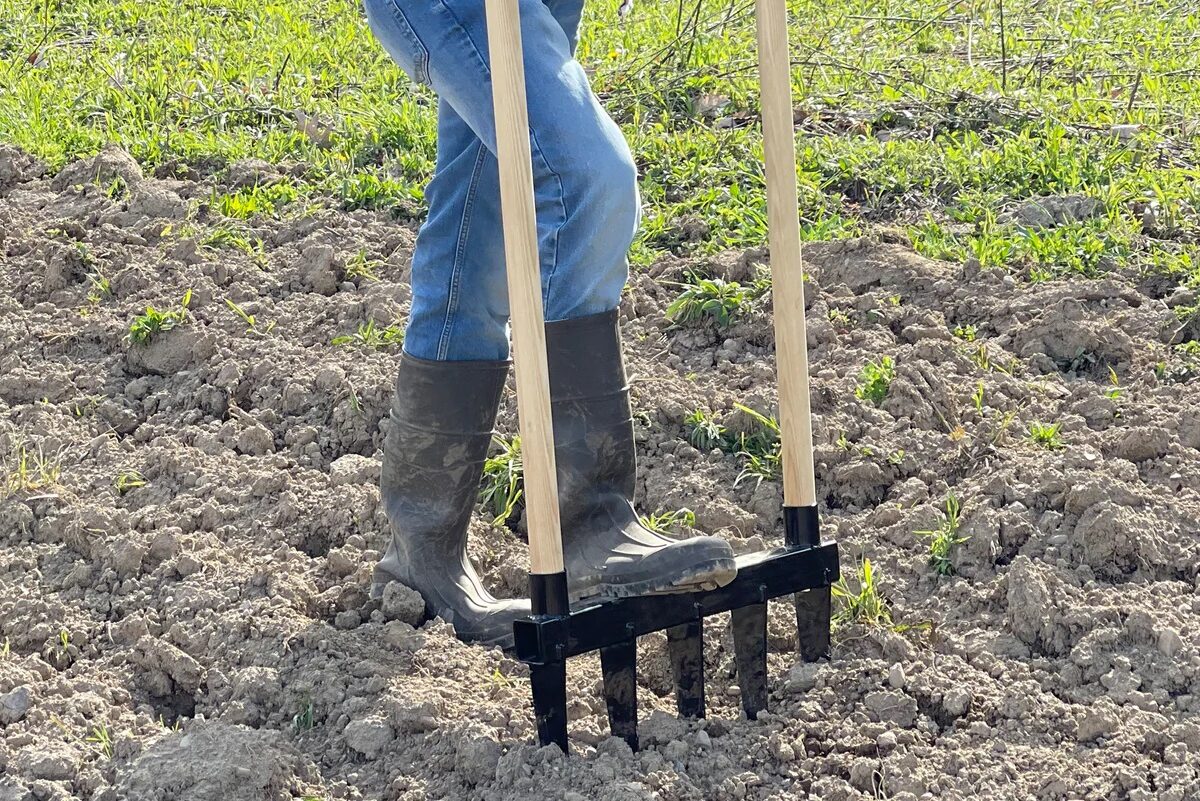
You probably have a tool to till soil on hand, such as a rake for shallow soil loosening. You might not have a broadfork like this highly rated option available at Amazon. It’s one of the favorite tools to use when aerating soil without breaking up the good stuff. A broadfork typically has three to five tines on a horizontal metal bar and two handles. The gardener steps on the flat metal bar to force the tines into the soil and gently rocks to loosen the soil. It is a good workout and an excellent way to maintain the health of established garden soil.
5. Use your hands.
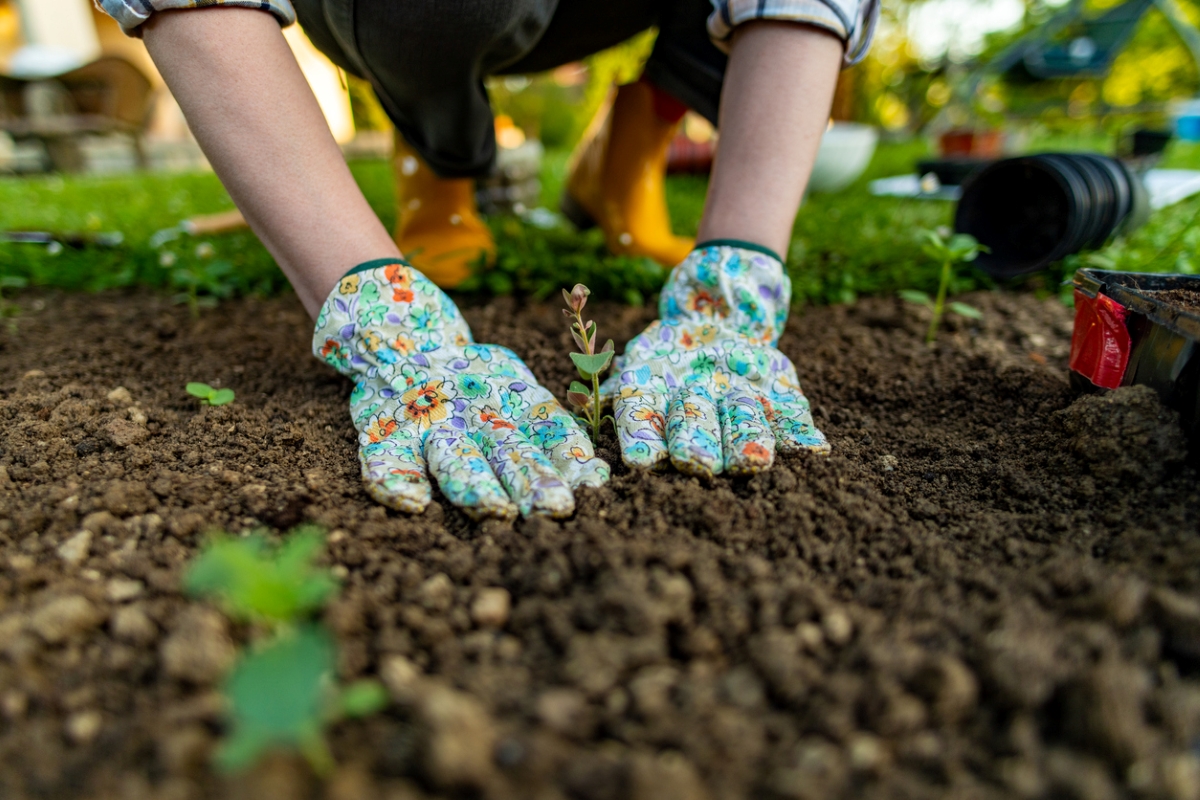
There are better and easier options than this, but for gardeners on a budget or working in a small space, try tilling soil by hand instead of using tools. If you have them, wear a quality pair of gardening gloves to protect your skin and prevent soil from sticking under your fingernails. While hands can till the soil in a pinch, this method is not ideal nor recommended for larger spaces. Stick to smaller planters if you use your hands, since it is a lot of work to break apart the soil.
6. Introduce earthworms to your garden.

Earthworms are one of the best alternatives to tilling because they can help create ideal soil conditions with minimal effort on your part. Earthworms naturally improve drainage as they work through the soil, loosening and aerating it on their journey. Additionally, earthworms feed on plant debris and soil, casting off nitrogen following digestion, which makes growing conditions even better. Although relying on earthworms isn’t the fastest method of tilling, you can use it in conjunction with other techniques to improve soil quality.
7. Plant cover crops instead of tilling.

Why till when you don’t have to? A cover crop helps keep the soil usable, and farmers consider their benefits vital to crop success. It renders tilling unnecessary, since these plants can lessen soil compaction and cut down on erosion.
Plant cover crops in late summer or early fall as you clean up your summer garden. Cover crops shelter the ground during the off-season without the intent to harvest. Crops such as buckwheat, clover, and lentils can be purchased as seeds in this highly rated mix available at Amazon. These plants help with soil erosion and fertility while keeping water in and pests out. Let them grow until they die off, then use them as compost.
RELATED: This One Crop Could Give You Your Best Vegetable Garden Yet
8. Use the double-digging technique.
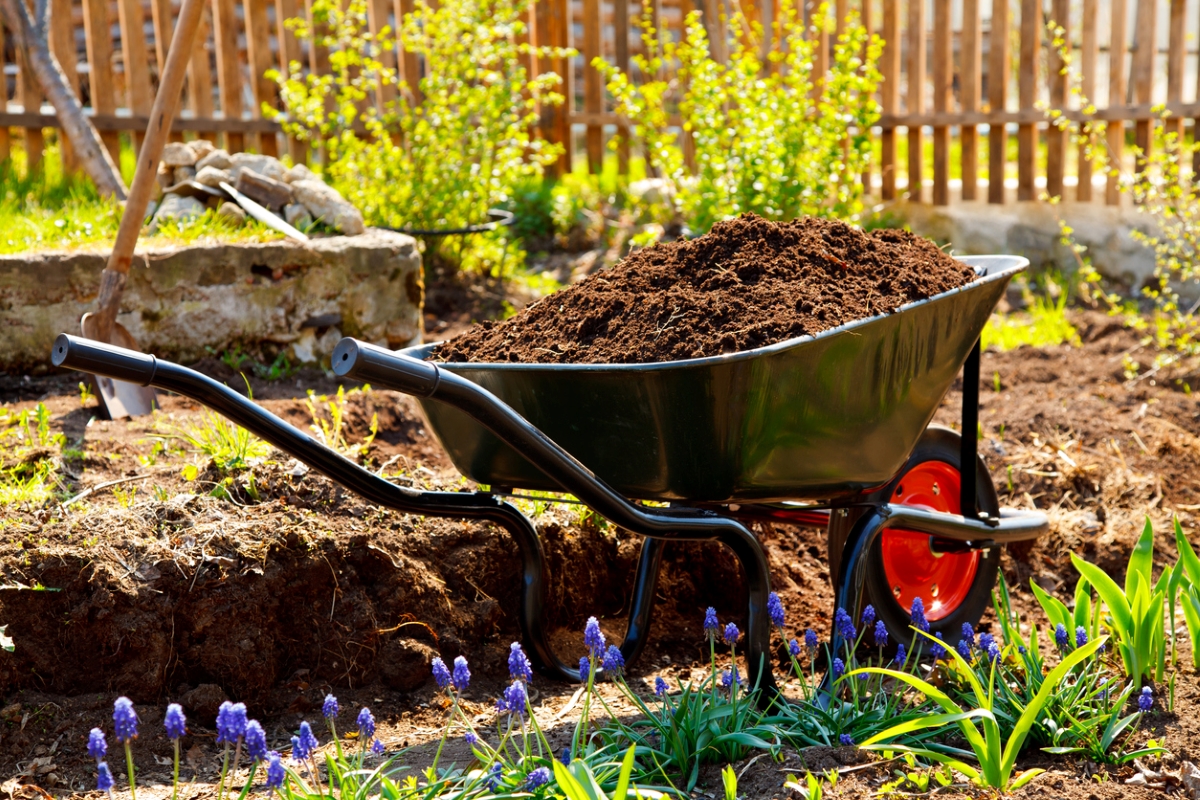
If you want to know how to till a garden without a tiller and improve your soil at the same time, consider double digging. Double digging is a tilling method that increases soil drainage and aeration. Though it requires plenty of effort with your favorite spade, double digging can help your future plants flourish.
Dig a trench the length of your garden and remove the soil into a wheelbarrow. Aerate the ground at the bottom of the trench with a garden fork, then add compost. Next, dig a second trench (hence the name) right beside it, placing the soil from this trench on top of the compost from the first one. Repeat this method until you reach your desired garden plot size, and use the soil from the first trench to cover the last trench.
9. Switch to raised beds.
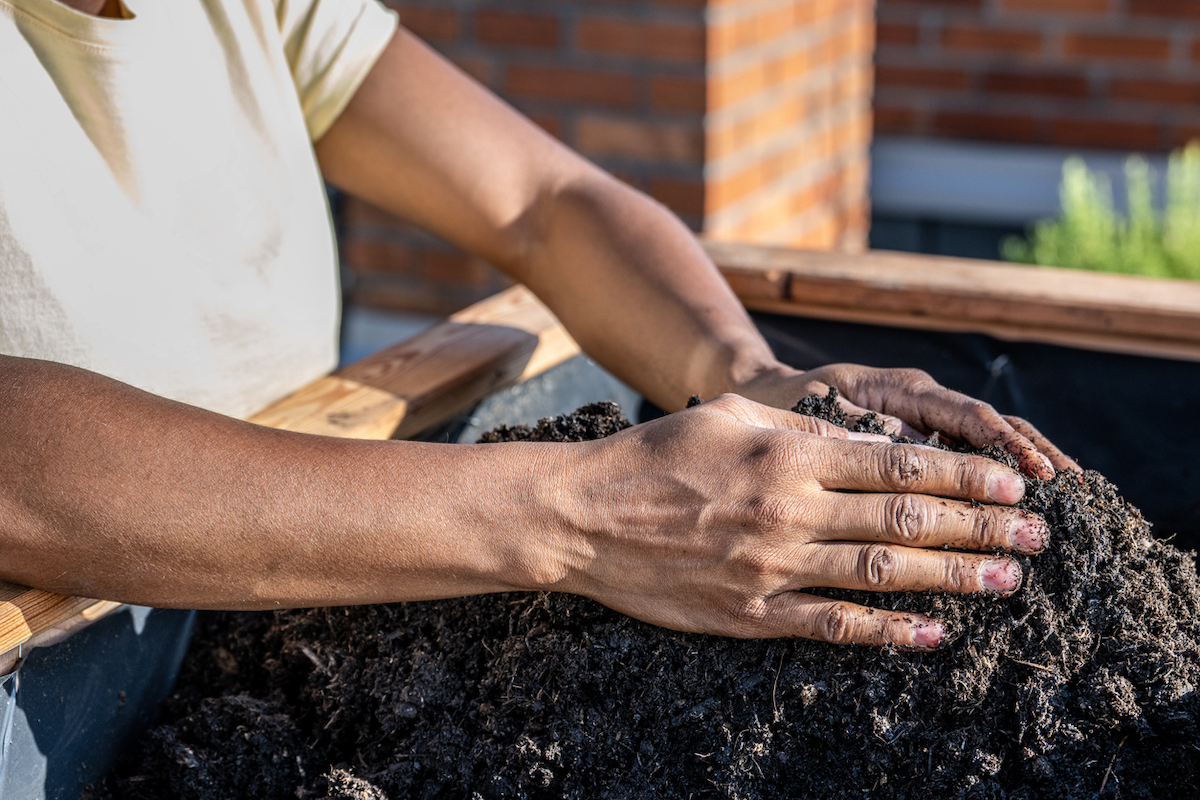
If you cannot be bothered with tilling the garden, consider using a raised bed like this one from Land Guard. These garden beds sit above ground, and you add your choice of soil, mulch, and compost to prepare it for planting. Switching to a raised garden bed means no back-breaking tilling, since you simply fill the bed with growing medium, but don’t need to prepare the ground much for planting. After all, the easiest way to till a garden is by not tilling at all. You might still want to loosen the soil if it compacts after each growing season and add new organic matter each year.
10. Skip tilling altogether.
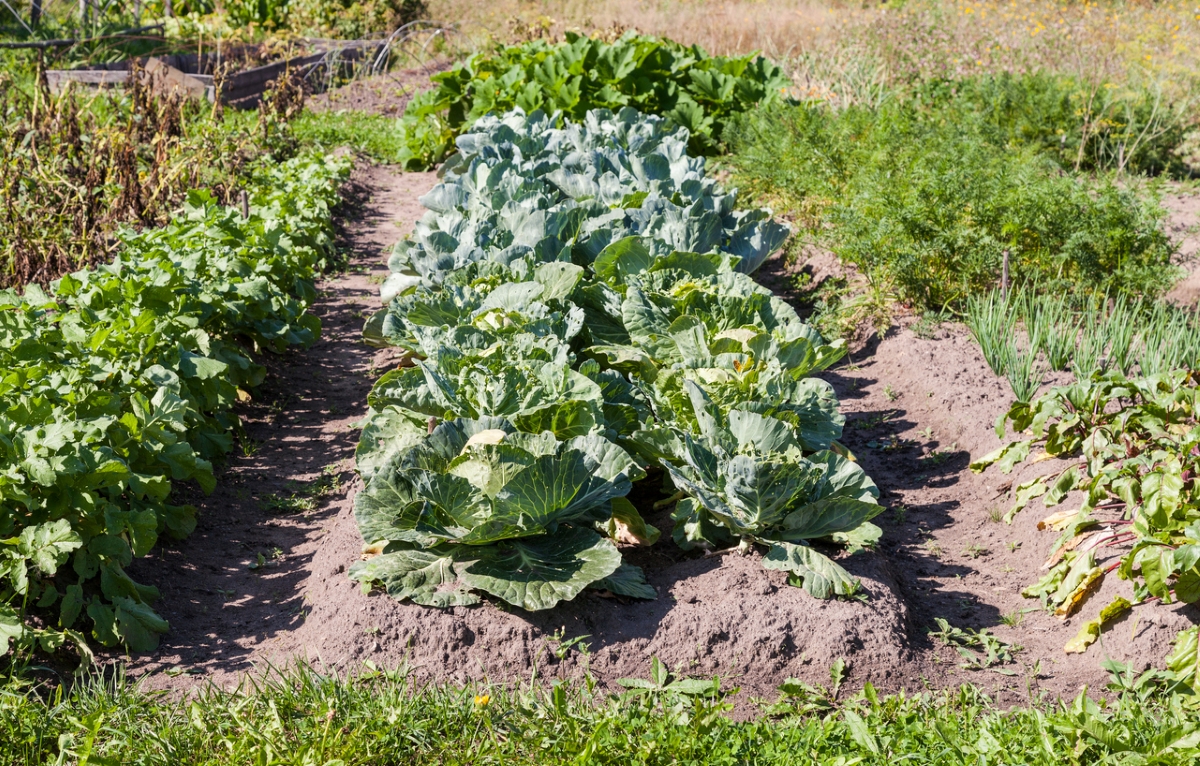
Consider leaving your garden soil alone. Tilling the ground is a labor-intensive job that some gardeners avoid altogether—and there’s some thought leadership to back it up. A no-dig gardening method developed by Charles Dowding is gaining popularity. This method leaves the soil alone to maintain itself naturally; you only add a top layer of compost as needed. With this technique, you only dig into the soil when planting or weeding.
